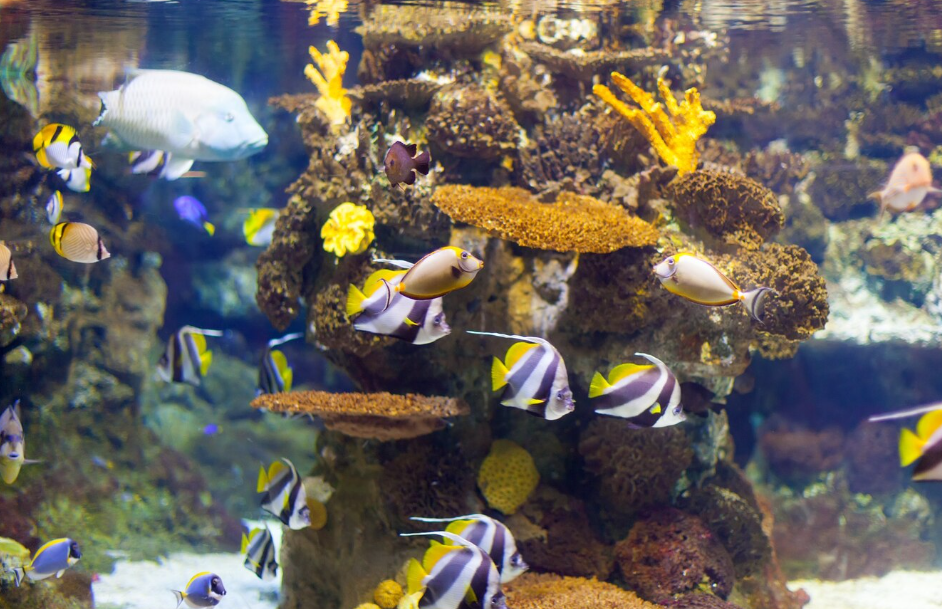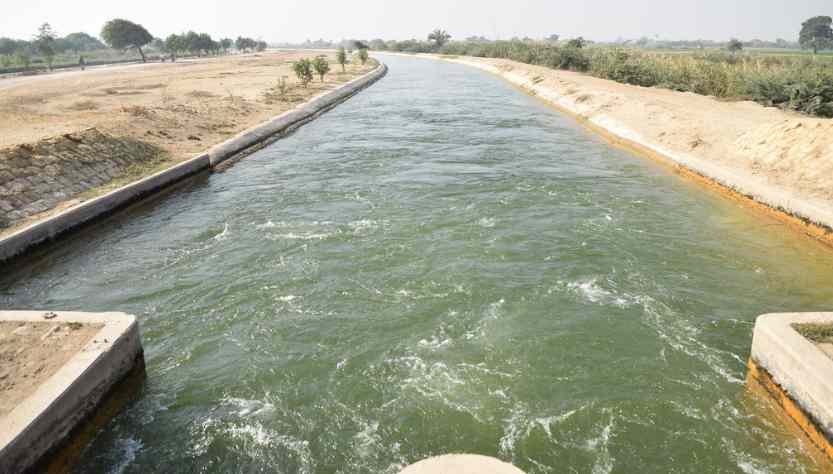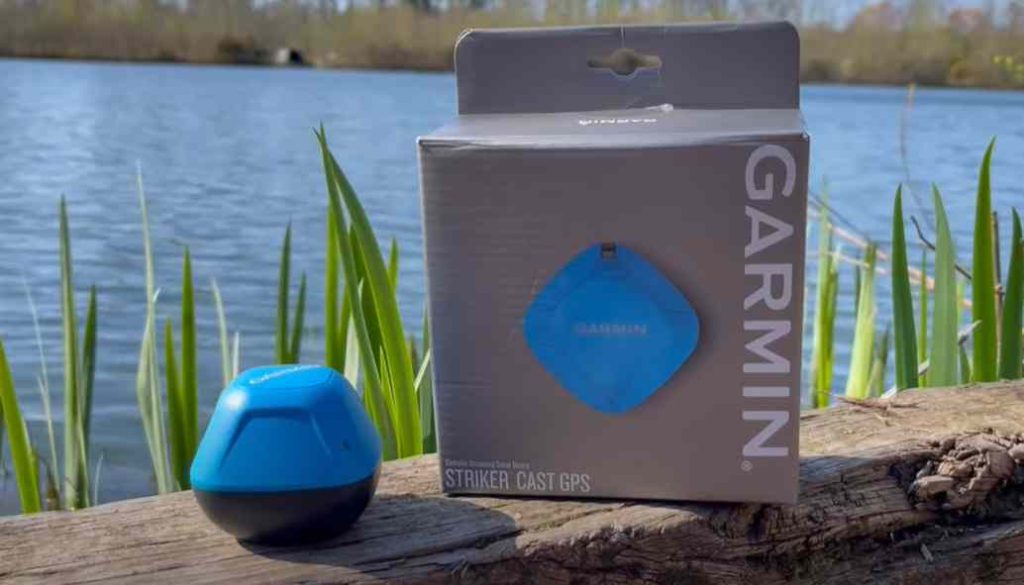Cast around submerged structures or where you notice fish congregating on the fish finder screen. Aim towards depth transitions and edges for best results.
Utilizing a fish finder effectively can significantly improve your fishing expeditions by pinpointing the prime locations where fish are most likely to be. Today’s anglers rely on this technology for real-time insights into what’s happening beneath the water’s surface. By interpreting the data displayed, such as underwater contours, temperature variations, and fish arches, you can make informed decisions on where to cast your line.
Success in fishing increasingly depends on combining angling skills with the strategic use of electronic aids like fish finders, as they guide you to the aquatic hideouts where fish are actively feeding or sheltering. Let’s check Where to Cast When Using a Fish Finder.

Understanding Fish Finder Readings
Mastering the art of deciphering fish finder readings is crucial for any successful angling expedition. A fish finder is not just a tool to locate fish; it’s a window into the underwater world, offering insights into the environment below the surface. Enhancing your ability to analyze sonar feedback can transform your fishing experience, leading to more productive outings. Let’s Sink into what those colorful lines and shapes on your screen mean.
Interpreting Sonar Data
When you gaze at the display of your fish finder, what you’re seeing is the interpretation of sonar waves that have traveled through the water and bounced back from objects below. These reflected signals are what paint the picture on your device. The key to utilizing sonar data effectively lies in understanding the many elements that appear on the screen:
- Depth: Indicated usually at the top of the screen, showing how deep the water is beneath your boat.
- Water Temperature: Often displayed in a corner, giving you a sense of the environment fish may prefer.
- Bottom Contour: The solid line across the bottom of your screen reflects the landscape of the underwater terrain.
- Fish Arches: Fish show up as arches or lines, typically above the bottom contour — the size and shape can indicate the type and size of fish.
- Vegetation and Structures: Weed beds and submerged objects will appear as thick, irregular shapes or protrusions from the bottom contour.
Interpreting this data correctly will guide you to the right spots to cast your line for a high chance of success.
Identifying Fish Behavior

Not only does a fish finder help in locating fish, but it also provides insight into their behavior. By analyzing the formation of fish arches and their movement in real-time, you can anticipate fish behavior and adapt your strategies:
| Fish Arch Formations | Behavior Interpretation |
|---|---|
| Tightly Grouped Arches | Schooling behavior, potential for active feeding. |
| Scattered Arches | Individual or less active fish, possibly in resting mode. |
| Near Surface Arches | Fish might be feeding on surface insects or baitfish. |
| Bottom Lying Arches | Potential bottom feeders or fish taking shelter. |
Recognizing the difference between a lone fish and a feeding frenzy becomes easier with practice and can drastically improve your targeting when casting in areas with promising activity.
Utilizing Structure And Depth
Mastering the art of fishing with a fish finder involves more than just reading the screen; it requires strategic casting based on underwater structures and depth. In this segment of our blog, we Sink into the nuances of fishing hotspots, shedding light on how to leverage the hidden underwater terrain to your advantage. By understanding these crucial elements, anglers can increase their chances of a successful catch significantly.
Targeting Underwater Structures
Fish are drawn to structures for protection and food, making these areas ripe for casting. When your fish finder indicates an underwater formation, such as a sunken tree, ledge, or rock pile, it’s time to take action. These structures often host an entire ecosystem that can include your target species.
- Rocky outcrops: An ideal hideout for species like bass and walleye.
- Submerged trees: Offer shelter and attract a multitude of fish.
- Man-made structures: Such as piers and artificial reefs, are also hotspots.
Position your boat to cast alongside or into the structure, without getting too close to spook the fish. Utilize a variety of lures and baits that are known to entice the resident fish in these areas.
Optimal Casting Depth Range
Understanding the preferred depth range for the fish species you’re after is essential. Each species has a depth where they’re most active and likely to feed. Use your fish finder’s depth data to position your lure within this optimal casting depth range where fish are congregating.
| Fish Species | Preferred Depth Range (feet) |
|---|---|
| Bass | 6 – 12 |
| Trout | 10 – 60 |
| Walleye | 15 – 25 |
Make note of the depth readings when you encounter a school of fish or experience a bite. This information is critical for casting precision in future attempts, allowing you to keep your bait within the strike zone. As conditions change, stay vigilant and adjust your casting depth accordingly to maintain consistent results.
Capitalizing On Water Conditions

Mastering the art of angling becomes more intuitive when you learn to capitalize on water conditions while using a fish finder. Understanding how to position your casts about the currents and water surface activity can significantly improve your fishing success. Navigate the aquatic environment like a seasoned pro by leveraging the insights gained from your fish finder and fine-tuning your approach with the conditions. Let’s Examine the strategies for positioning in different currents and the nuances of casting in calm versus choppy waters.
Positioning In Different Currents
Currents are the lifelines of underwater ecosystems, guiding fish movements and behaviors. Casting concerning the current requires a strategic approach:
- Upstream Casting: In upstream currents, position your bait to drift naturally with the flow. This mimics the movements of fish prey and can lure predators looking for an easy catch.
- Downstream Considerations: When casting downstream, aim beyond your targeted area to account for the pull of the current. Your bait will journey to the desired spot, engaging fish that use the current for navigation.
- Edging Along Current Lines: Current lines, where different water speeds converge, are hotspots for fish activity. Cast along these lines to target fish as they traverse these natural pathways.
Utilize your fish finder’s data to determine the strength and direction of currents. By aligning your casts with this information, you increase the probability of a catch.
Casting In Calm Versus Choppy Waters
The surface conditions of water can greatly influence your casting technique and strategy. It’s essential to adapt to calm and choppy conditions effectively:
| Calm Waters | Choppy Waters |
|---|---|
| Stealth is Key: With little surface disturbance, fish can become more alert. Approach with stealth and minimize noise to avoid spooking fish. Precision Casting: Take advantage of the serene environment to cast with precision. Target specific structures or areas where fish are likely to hide. | Adapt to Agitation: Choppy waters can disorient fish, but they also provide cover. Cast into the turbulence where predatory fish may be waiting to ambush disoriented prey. Employ Heavier Tackle: To counteract the movement of the water, heavier lures and lines might be necessary. This ensures your bait reaches the desired depth without being swept away. |
Careful observation of your fish finder’s readings, along with your knowledge of casting in different water conditions, helps maximize your chances for successful fishing trips. Always stay adaptable and ready to align your techniques with nature’s signals, and reeling in the big catch will soon follow.
Navigating Vegetation And Obstructions
Expert anglers understand that deploying a fish finder isn’t just about reading depth and spotting fish; it’s also about weaving through an aquatic labyrinth of vegetation and hidden obstructions. Sailing these underwater landscapes is crucial for a successful catch, and knowing where to cast can mean the difference between hooking the big one or coming up empty. Let’s Sink into some strategies that will keep your line clear and help you lure in those elusive fish.
Avoiding Snags And Tangles
Sailing through dense aquatic vegetation and submerged obstacles necessitates a tactical approach to prevent frustrating snags and damaging tangles. Follow these tips to keep your fishing expedition smooth:
- Study the area: Before casting, use your fish finder’s imaging features to identify potential hazards.
- Lighten the load: Opt for lighter lures or rigs to help prevent sinking into vegetation.
- Aim for open pockets: These are safe havens in thick plants and often where fish hide.
- Use weedless hooks: Specially designed to glide easily through vegetation, they minimize hang-ups.
Attracting Fish Near Cover
Fish often congregate around covers such as rocks, logs, and water plants to ambush prey. To entice them out, keep in mind:
- Positioning is key: Cast beyond the target and reel in, brushing past the hideout.
- Select the right bait: Use lures that mimic the natural prey in the area.
- Create tempting movements: Steady retrieves mixed with occasional jigs entice fish to strike.
- Be patient: Fish may take a moment to decide. Give them time to emerge from their shelter.
Adapting To Changing Environments
Embracing the fluidity of aquatic habitats is essential when leveraging a fish finder’s capabilities. Adapting to changing environments is not just about reading the screen; it’s about understanding how fish interact with their ever-changing world and adjusting your casting strategies accordingly. Whether you are a seasoned pro or just beginning to navigate these waters, learning to tailor your approach in real-time can dramatically improve your catch rate.
Adjusting For Time Of Day
Fish behavior varies significantly throughout the day, influenced heavily by light levels and water temperature. As the sun makes its journey across the sky, aquatic life follows a rhythm of activity and rest.
- Dawn and dusk: These are prime feeding times for many species. Using your fish finder, seek out transition zones where shallow and deep waters meet during these periods.
- Midday: This is when fish often retreat to cooler, deeper water. Adjust your casting to hit these depths and consult your fish finder for structures where fish may be hiding from the heat.
- Night fishing: Certain species become more active at night. Use your device to find their preferred habitats and adjust your casting to these active zones.
Considering Seasonal Changes And Migration Paths
Seasons bring about transformation in fish habitats and behaviors, dictating migration patterns and adjusting their locations. Timing your excursions with these changes can result in a bountiful catch.
| Season | Tactic | Reason |
|---|---|---|
| Spring | Search for warm, shallow bays | Fish move into warmer waters to spawn and feed |
| Summer | Focus on deep structures and drop-offs | Fish escape the heat in deeper, cooler waters |
| Fall | Target transition areas between deep and shallow water | Preparing for winter, fish are actively feeding |
| Winter | Locate deep pockets and holes | Cold temperatures force fish to deeper, more stable environments |
Combining real-time data from your fish finder with knowledge of seasonal migration paths allows for strategic casting. Look for patterns on your fish finder that may indicate migration routes and cast in these strategic pathways to increase your chances of a successful catch.
Frequently Asked Questions For Where To Cast When Using A Fish Finder
How Does A Fish Finder Aid In Casting?
A fish finder helps anglers locate fish by displaying underwater features and fish locations. It provides depth data and structure visuals, enabling the casting of lines in spots where fish are likely congregating, improving fishing success rates.
What’s The Best Way To Use A Fish Finder For Casting?
To optimize casting, first identify fish arches or schools on the fish finder’s display. Then cast your line to areas just beyond these signals, allowing for natural bait movement towards the fish. It’s key to align your casts with these detected fish locations for better results.
Can Fish Finders Identify Ideal Casting Spots?
Yes, fish finders can identify ideal casting spots by highlighting underwater structures, drop-offs, and areas with abundant fish activity. Use this information to target your casts towards these promising areas to increase your chances of a successful catch.
What’s The Accuracy Of Fish Finders In Cast Positioning?
Fish finders provide highly accurate data for cast positioning by using sonar technology. They detect fish and measure depth, allowing anglers to position casts with precision near fish hotspots. User interpretation and experience play roles in leveraging this data effectively.
Conclusion
Mastering your fish finder is the key to angling success. Pinpoint the perfect cast spot by interpreting sonar data and understanding fish habits. As you deploy this tech wisely, watch your catch rate soar. Remember, patience and practice with your device will unlock the water’s secrets.
Cast smart, catch more!

